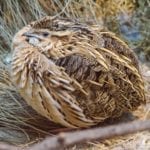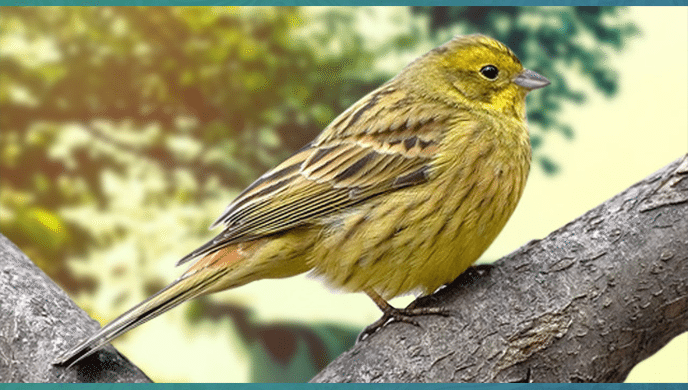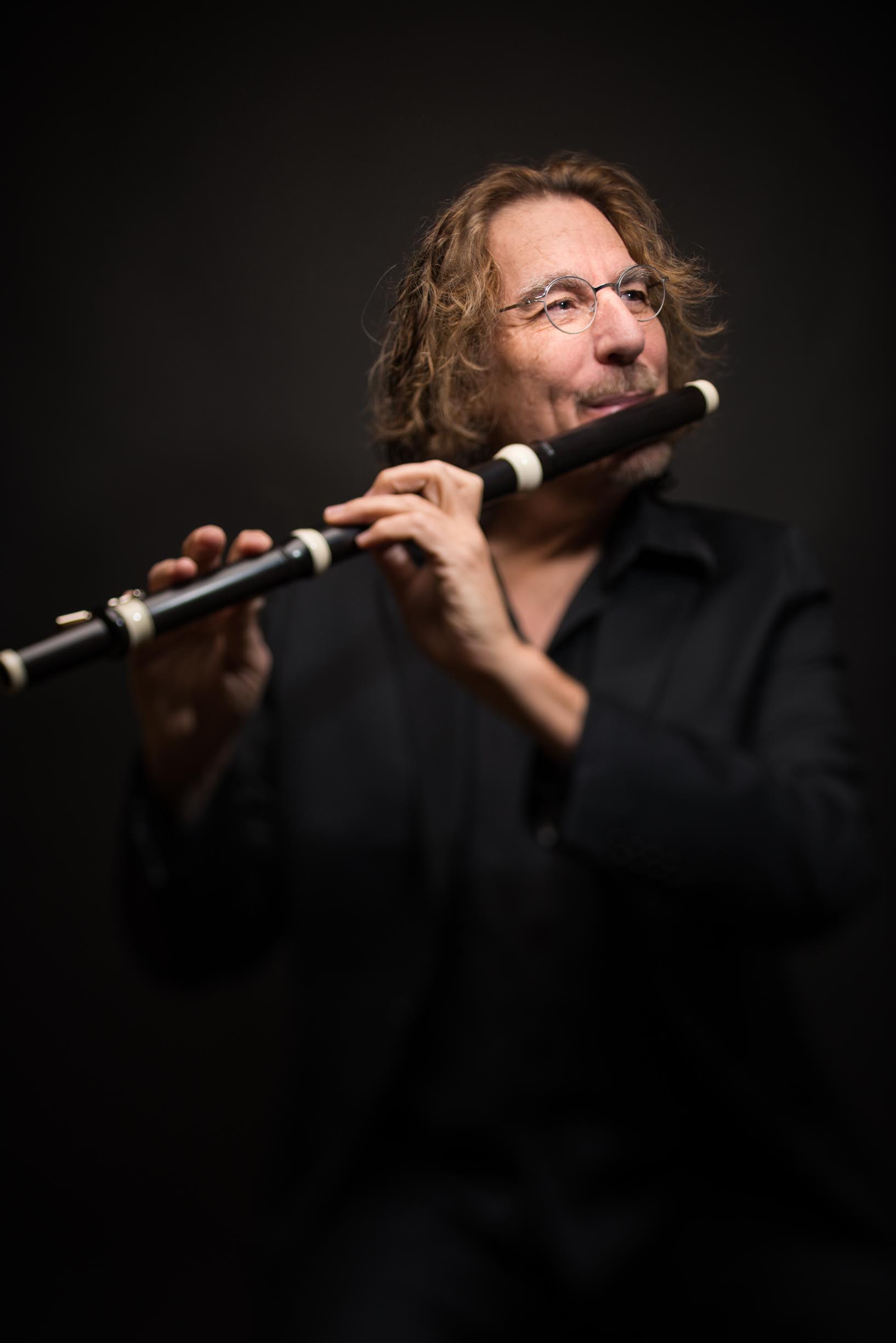Beethoven is for the Birds
Bruce Lamott
It’s no wonder that composers for centuries have imitated the calls of birds more than any other creature in the animal kingdom. Other than whales, I can’t think of a single animal whose mating signals are called songs. Elephants trumpet, elk bugle, wolves howl, but birds sing, and the variety of their songs have inspired musical imitation from the 13th century canon, Sumer is acumen in (“lhude sing cucu”) to Jannequin’s Renaissance partsong (Le chant des oiseaux, a noisy aviary of diverse species) to Rameau’s harpsichord chicken (La poule) to Le réveil d’oiseaux (1953) for piano and orchestra, a 20-minute piece consisting of nothing but birdsongs by the composer and ornithologist, Olivier Messiaen. And then there is Beethoven.

Vienna, The Prater (Waldmuller) 1849
Beethoven was a great lover of the great outdoors, and in the summer he would leave Vienna (where he changed addresses almost annually) to live in the country. “He loved to be alone with Nature, to make her his only confidante. When his brain was reeling with confused ideas, Nature at all times comforted him,” wrote his student and potential paramour, Countess Theresa of Brunswick. As his deafness increased, his walks in the Vienna Woods took him away from the necessity of interacting with people. “My bad hearing does not trouble me here,” he wrote. Beethoven scholar Louis Biancolli suggests that Beethoven’s Pastoral Symphony was the deaf composer’s recollection of an audible past, transmuted into an idealized affirmation of life that transcended his disability.

Quail
At the end of the second movement of the Pastoral Symphony (No. 6), “Scene by the Brook” is a cadenza of birdcalls, as if the listener shuts out the continuous babbling of the brook to listen only to the chorus of nightingale (flute), quail (oboe), and cuckoo (clarinets). Beethoven was indecisive about the number of times this passage should occur: he first composed it, later crossed it out and wrote a slightly longer version in which the birds appear twice (the one which Philharmonia will perform). Just before publication, however, he wrote “bleibt “ (stays, or in editorial terms, stet) above the crossed-out first version.
This video will allow you to follow Beethoven’s autograph score while listening to a performance of the entire symphony; you will find his crossed-out page at 19:50, on page 48 of the second movement, as each movement is numbered separately.
While looking at Youtube, you might also want to check out this video to see and hear the call of the yellow bunting (aka yellowhammer), a favorite of Beethoven, whose rhythm (dit-dit-dit-dah) and descending third are said to have inspired Beethoven’s Fifth Symphony. See if you can hear it.
Hear PBO perform Beethoven’s Symphony No. 6, “Pastoral” throughout the Bay Area October 16-22, 2016 with additional concerts at the Green Center in Rohnert Park on October 15 and at the Harris Center in Folsom on October 23. Click the button below for details and tickets.






